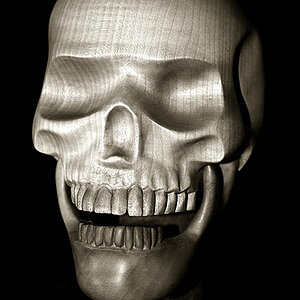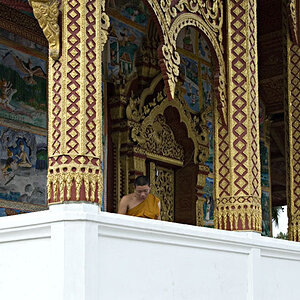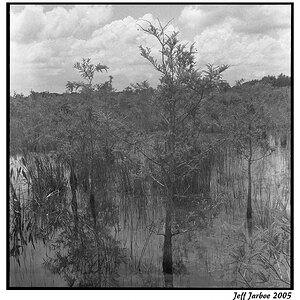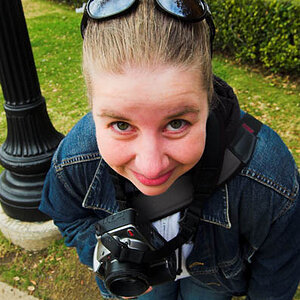Dave442
Been spending a lot of time on here!
- Joined
- Feb 1, 2015
- Messages
- 2,021
- Reaction score
- 567
I am going with 1 as the "ideal" number. I have been using one CF card slot for over ten years on both DSLR bodies so far no failures. I have four cards so the time is divided up between them on total time actually in the cameras. All the cards are SanDisk or Lexar top models when purchased (a couple are 10 years old and the other two are 5 years old).
I used to worry a lot more back when I sealed my Kodachrome in their Mailers and dropped them in some out of the way mailbox, or stepped into the darkroom with some rolls of B&W to develop.
I used to worry a lot more back when I sealed my Kodachrome in their Mailers and dropped them in some out of the way mailbox, or stepped into the darkroom with some rolls of B&W to develop.



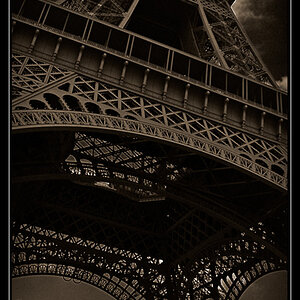
![[No title]](/data/xfmg/thumbnail/32/32634-5acd0e44e1d927b93e8723d9184555d9.jpg?1619735554)
